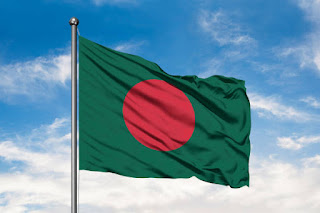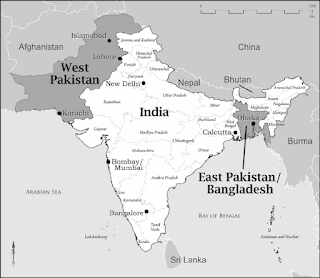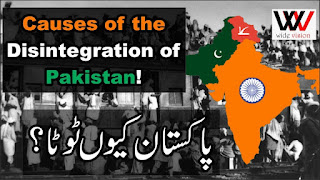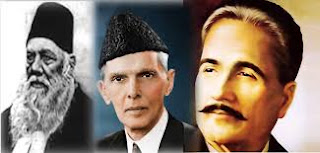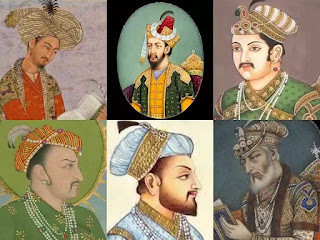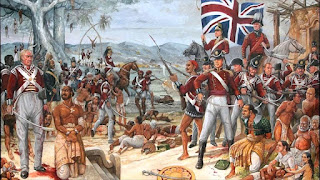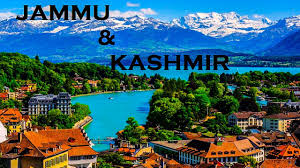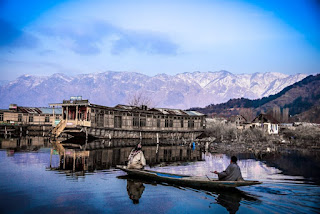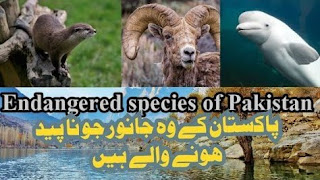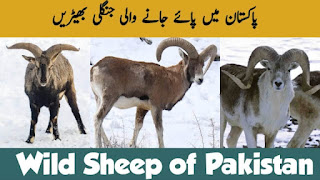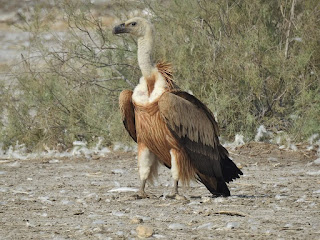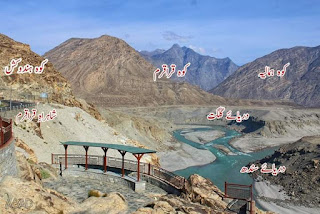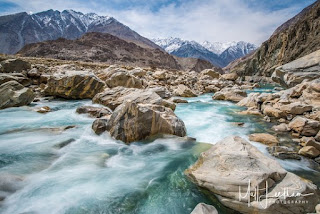The affairs leading to Lahore Resolution (Pakistan Resolution 1940) Muslim League had been trying for the last 25 years to reach an honorable agreement. The Pakistan Resolution contained the demand for separate independent Muslim States in the territory of the Subcontinent where Muslims formed a majority. Hindu bodies in general were highly perplexed by the Resolution. The Hindu press published leading news that the Muslim League had a dangerous design to disintegrate the country through the creation of Pakistan. The newspapers serving the cause of Hindu society started a propaganda campaign against Muslim League. Some Hindu bodies denounced the idea of partition as the betrayal of the Muslim minority that still is left in India. Quaid e Azam Muhammad Ali Jinnah argued that India was not a nation. Therefore nobody could speak for all of India. Hindus formed a majority in the greater part of India and were entitled to speak for it. The Muslims of India are a nation and as such, they were entitled to speak for themselves.
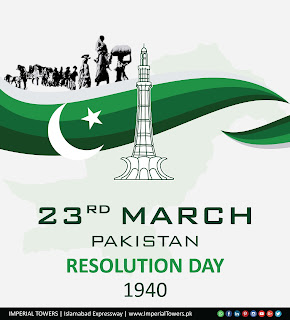 |
| Pakistan Resolution 1940 |
The Congress on the following two principles
- Congress should recognize the Muslim League as the representative body of Muslims in India.
- The Muslims of India should not be taken as merely a minor community. On the other hand, they should be recognized as a nation.
The Congress did not give any importance to these basic principles on which a compromise between the two big political organizations could conclude. This was the reason that all efforts exerted by Muslim League for an alliance with Congress ended in smoke. Moreover, the recent two years of Congress rule proved that congress was not a national organization but was purely a Hindu body. The event shows that during its rule over India it worked based on hostility against Muslims.
 |
| Pakistan Resolution presented in Iqbal Park Lahore |
By the end of the nineteenth century, the Muslims had come to the belief that Muslims and Hindus could never live together and any hope for Hindu-Muslim unity was not fated to be materialized such thoughts were so many times expressed both individually and collectively by Muslim quarter. Muslim thinkers from time to time had diverted the attention of Muslims toward separatism. The names of Allama Iqbal, Jamal-ud-Din Afghani, Sir Syed Ahmad Khan, Chaudhary Rahmat Ali, Muhammad Abdul Qadir Bilgrami, and Maulana Hasrat Muhani are especially notable in this connection. These Muslim thinkers after having minutely studied the affairs of the Muslim community of India and reached the conclusion that the only way to the establishment of peace in the subcontinent was to raise the 45 status of Muslim majority provinces to an independent state. This thought of separatism gradually gained popularity among the Muslims in India.
In the preliminary days of the Second World war, Muslim League demanded that no constitution should be enforced unless it got the approval of the Muslim League, that fifty percent of the total representatives of the Central Legislature would be given to Muslim League, and that rights of Muslims in the Muslim minority provinces would be safeguarded. The Viceroy in his announcement indirectly accepted the demands of the Muslim League in respect of the introduction of a future constitution and the safeguards of Muslims in the Muslim minority provinces. In fact, in the prevalent war situation, the British Government did not want to annoy either of the two big political parties i.e Congress and the Muslim League. Muslim League was satisfied with the British Government that if its demands were not accepted a noncooperation movement would be launched. It demanded that the powers of constitution-making should have resided in the Central Legislature in which congress members formed a majority. In this state of affairs, it became imperative for Muslim League to decide about its future program. The Quaid-i-Azam tried to bring home to the British Government that if the powers of the constitution-making were conferred on the Hindu Majority. They establish a Hindu Rule over the country. This would not be acceptable to Muslims and as a result, there would be every danger of an outbreak of civil war on a large scale throughout the country. A resolution is adopting the two-nation theory that had already been passed by the Provincial Muslim League.
On the basis of two nation theory the Prime Minister of Bengal Maulvi A.R.Fazal-ul-Haq moved the following resolution:
- That it is the considered view of this session of the All India Muslim League that no constitutional plan would be workable in this country or acceptable to the Muslims unless it is designed on the following basic principles.
- That geographical contiguous units are demarcated into regions which should be so constituted will such territorial readjustment as may be necessary. That the areas in which the Muslims are numerically in majority as in North Western and Eastern zones of India should be grouped to constitute independent states in which the constituent units shall be autonomous and sovereign.
- That adequate effective and mandatory safeguards should be specially provided in the constitution for minorities in the units and in the regions for the protection of their religious, cultural, economic, political, administrative, and other rights and interests in consultation with them and in a majority adequate, effective and mandatory safeguards shall be specially provided in the constitution for them and other minorities for the protection of their religious, cultural, economic, political, administrative and other rights and interests in consultation with them.



